GPCR/G protein

All GPCRs share a common seven trans-membrane structure. GPCRs are associated with heterotrimeric G-proteins which are GTP-binding proteins made of alpha, beta, and gamma subunits. When a ligand binds to GPCR, it activates the attached G-protein, the GDP is replaced with GTP. The activated G-protein then dissociates into an alpha and a beta-gamma complex which activates downstream signaling pathways. These intracellular signaling pathways include cAMP/PKA, calcium/NFAT, phospholipase C, protein tyrosine kinases, MAP kinases, PI-3-kinase, nitric oxide/cGMP, Rho, and JAK/STAT.
GPCRs are one of the most important therapeutic targets for various diseases, over 30% of all modern medicinal drugs target this family. Aberrant GPCR functions are involved in pathological conditions such as neurological, immunological and hormonal disorders. A large number of GPCRs have been identified, but whose ligands are not known, are classified as orphan receptors.
-
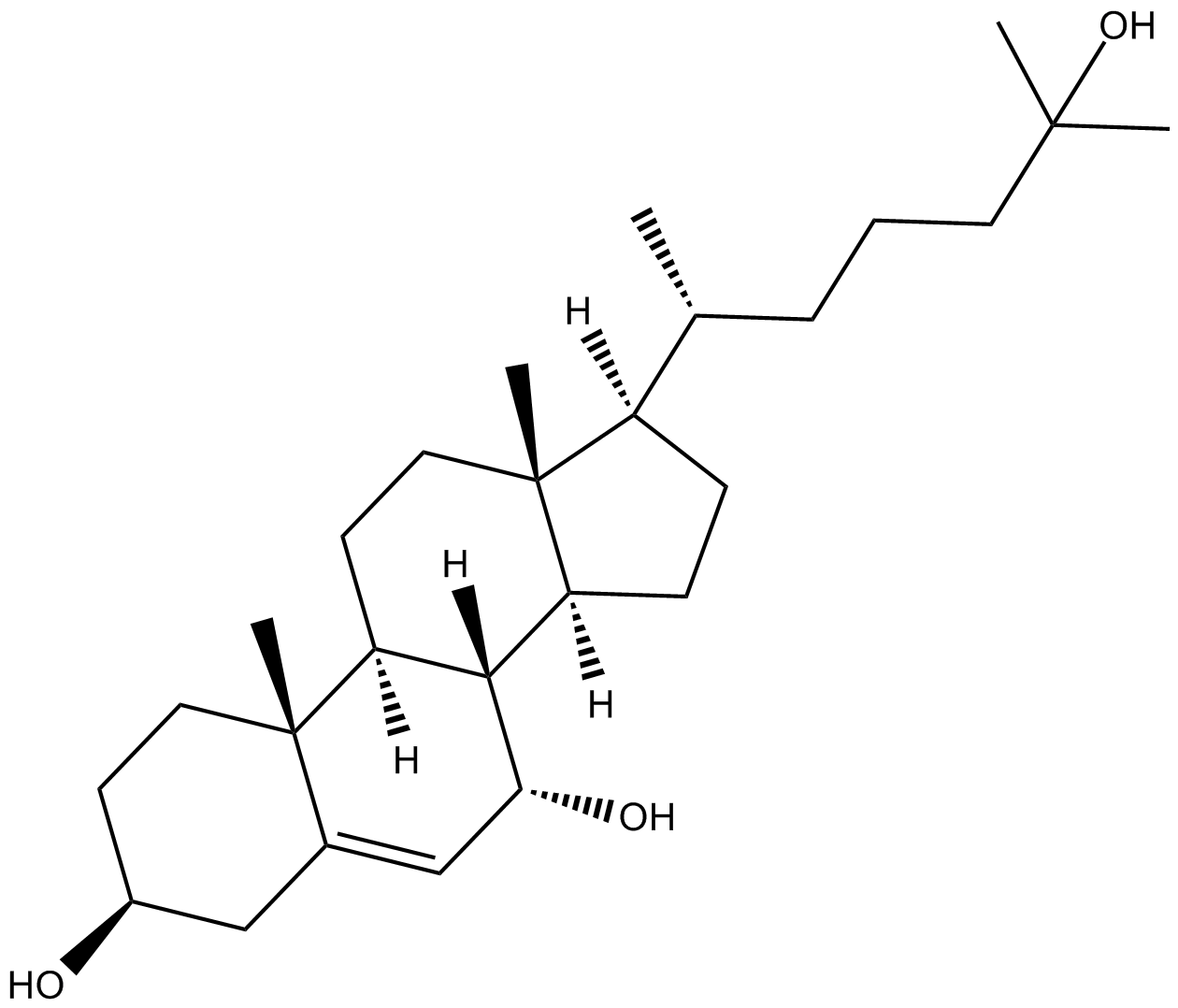 C4241 7α,25-dihydroxy CholesterolSummary: GPR183 agonist
C4241 7α,25-dihydroxy CholesterolSummary: GPR183 agonist -
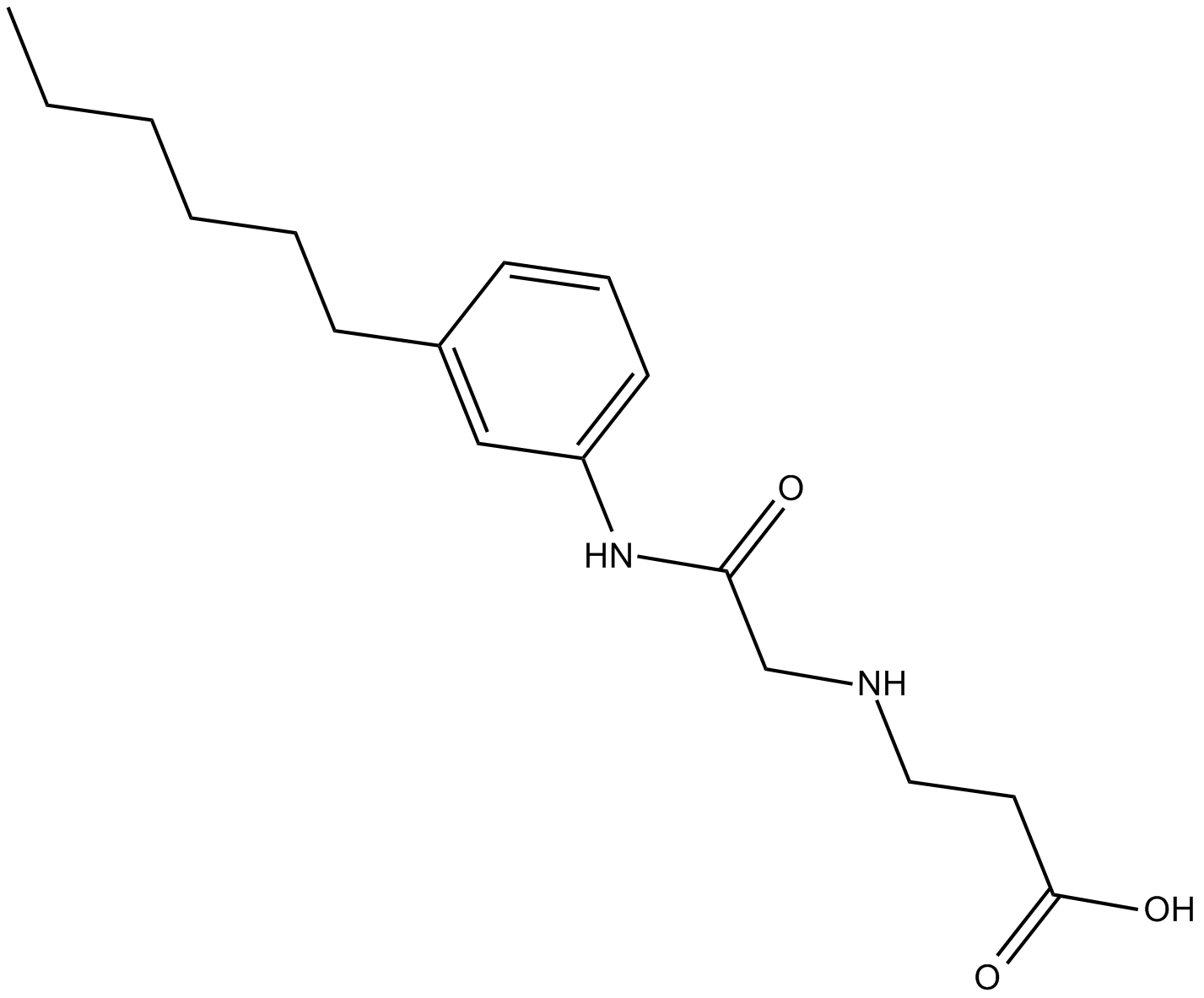 C4064 W123Summary: S1P1 antagonist
C4064 W123Summary: S1P1 antagonist -
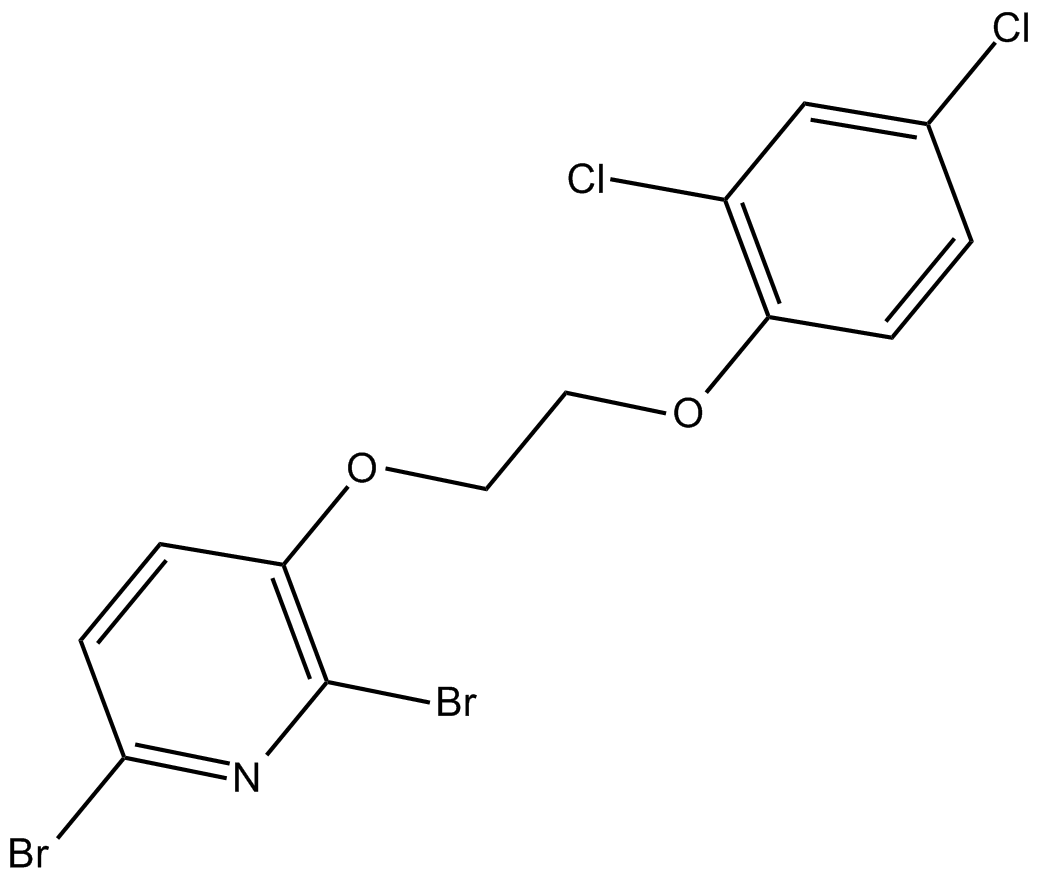 C4287 ML-178Summary: S1P4 activator
C4287 ML-178Summary: S1P4 activator -
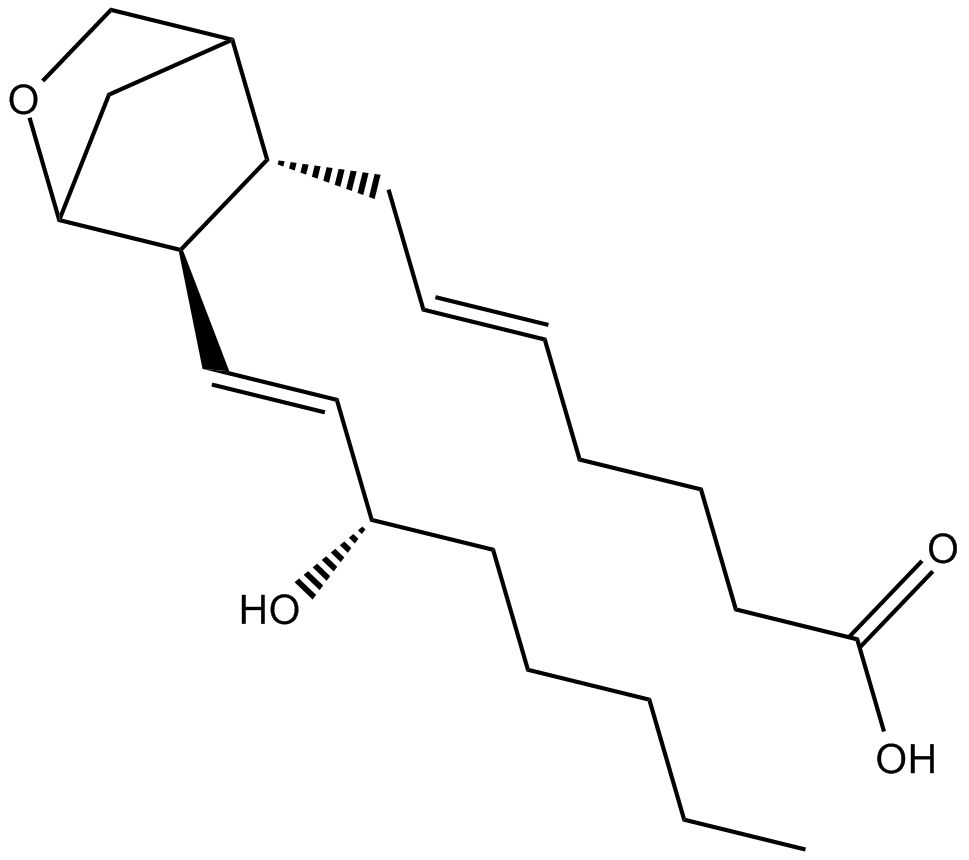 C4261 5-trans U-46619Summary: Prostaglandin E synthase inhibitor
C4261 5-trans U-46619Summary: Prostaglandin E synthase inhibitor -
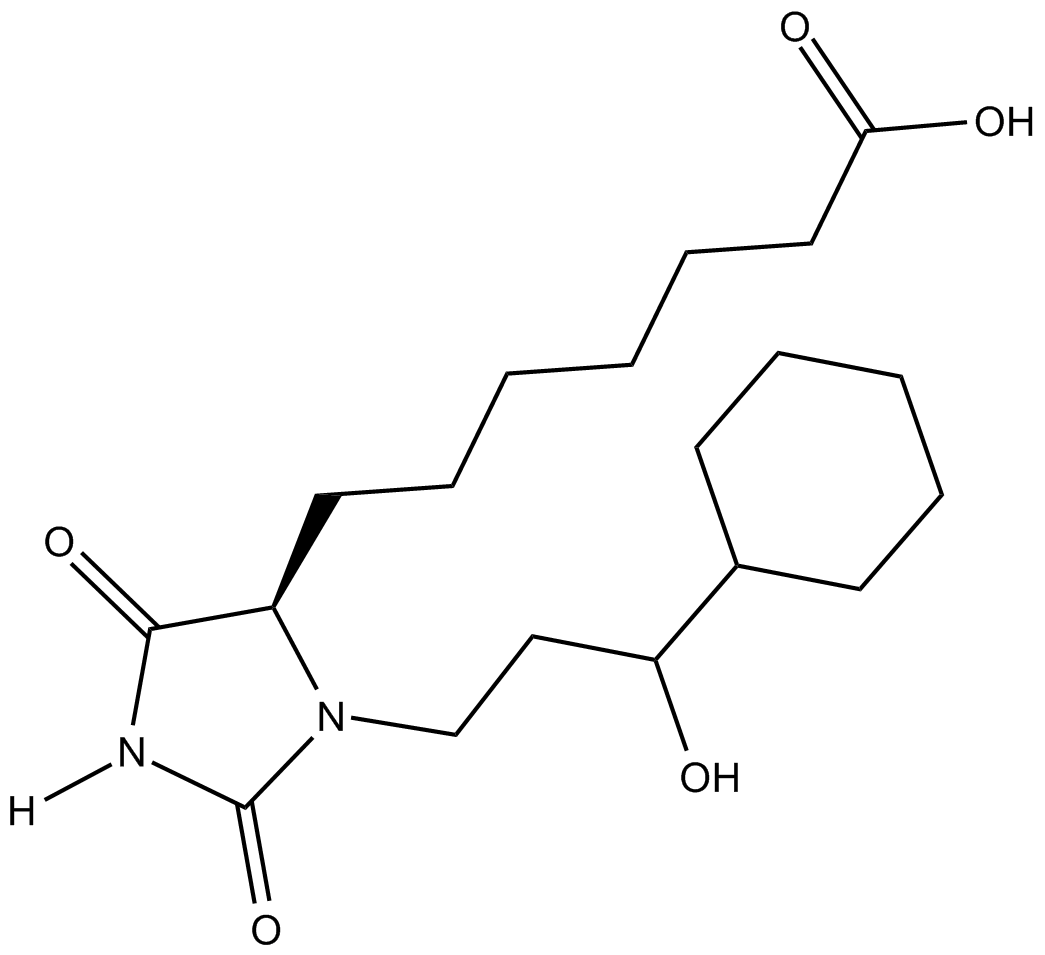 C4283 BW 246CSummary: DP receptor agonist
C4283 BW 246CSummary: DP receptor agonist -
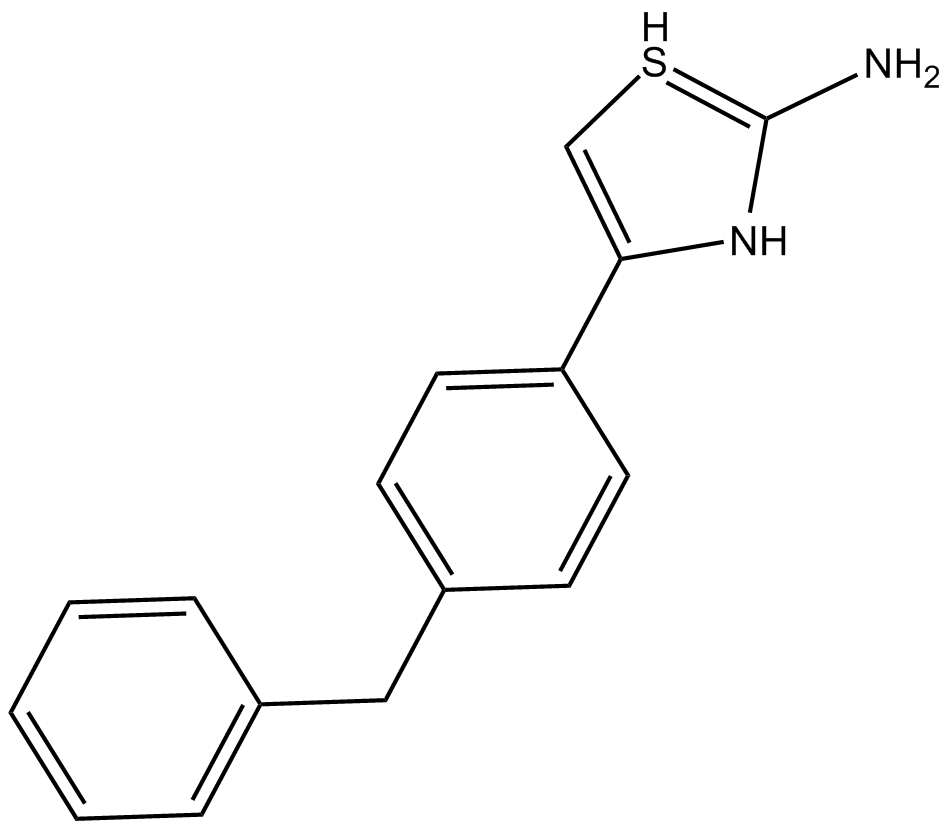 C4323 ARM1Summary: LTB4 synthesis inhibitor
C4323 ARM1Summary: LTB4 synthesis inhibitor -
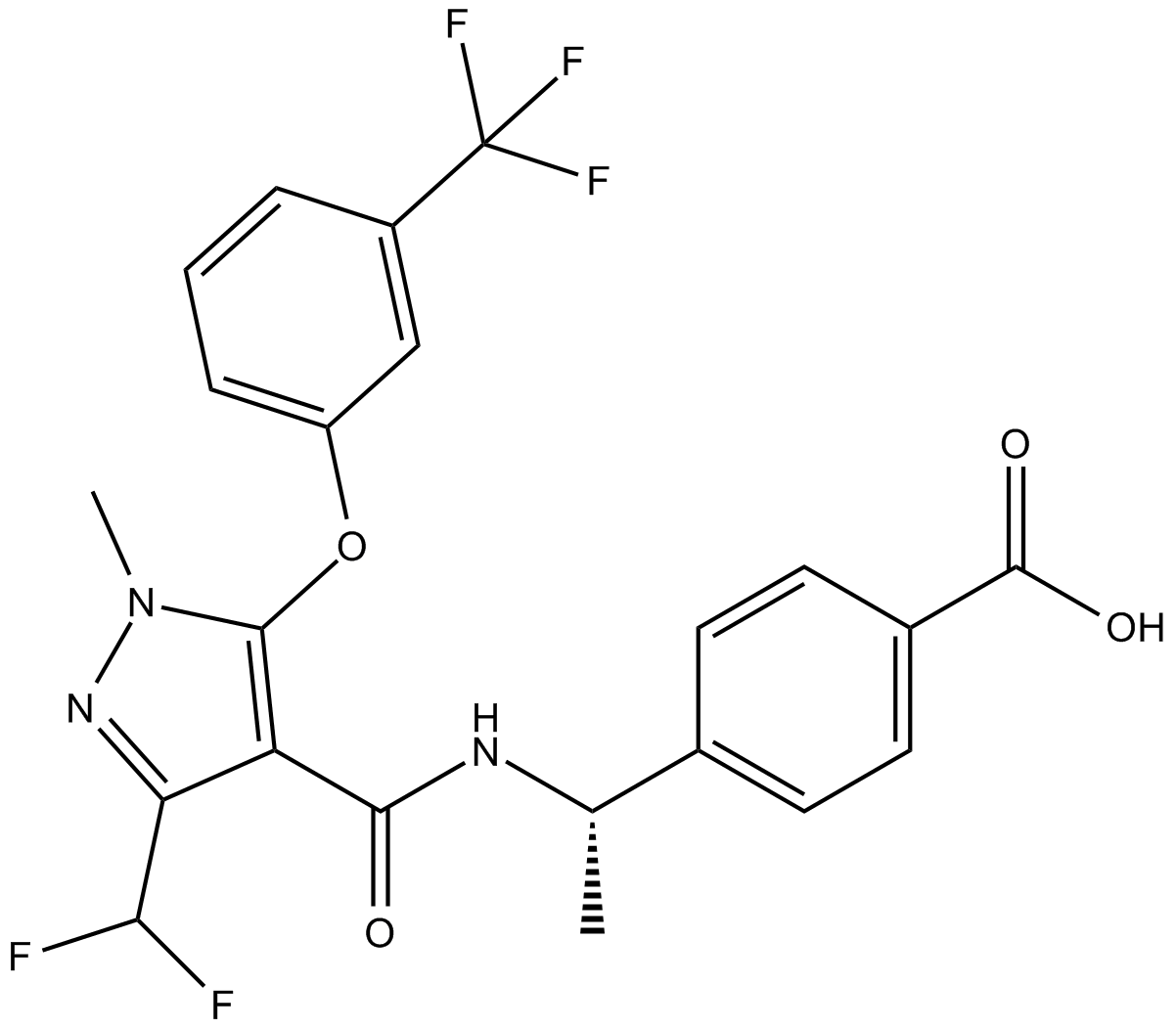 C4712 E7046Summary: antagonist of the type 4 prostaglandin E2 (PGE2) receptor EP4
C4712 E7046Summary: antagonist of the type 4 prostaglandin E2 (PGE2) receptor EP4 -
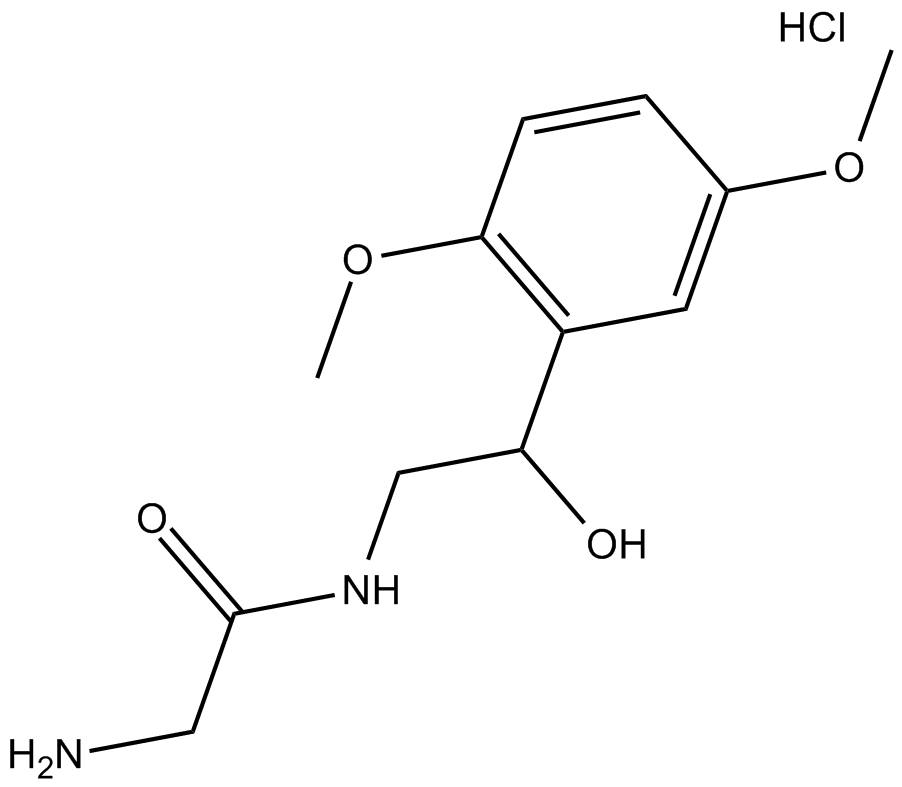 C4493 Midodrine (hydrochloride)Summary: prodrug of the α1-adrenergic receptor agonist
C4493 Midodrine (hydrochloride)Summary: prodrug of the α1-adrenergic receptor agonist -
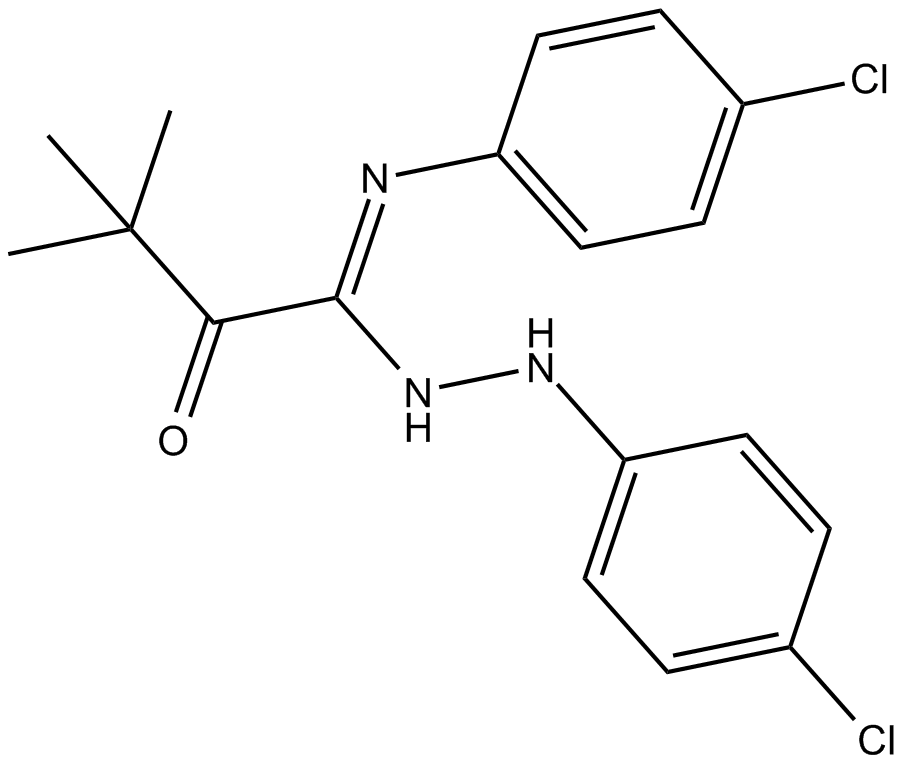 C4797 TY 52156Summary: sphingosine-1-phosphate receptor 3 (SIP3) antagonist
C4797 TY 52156Summary: sphingosine-1-phosphate receptor 3 (SIP3) antagonist -
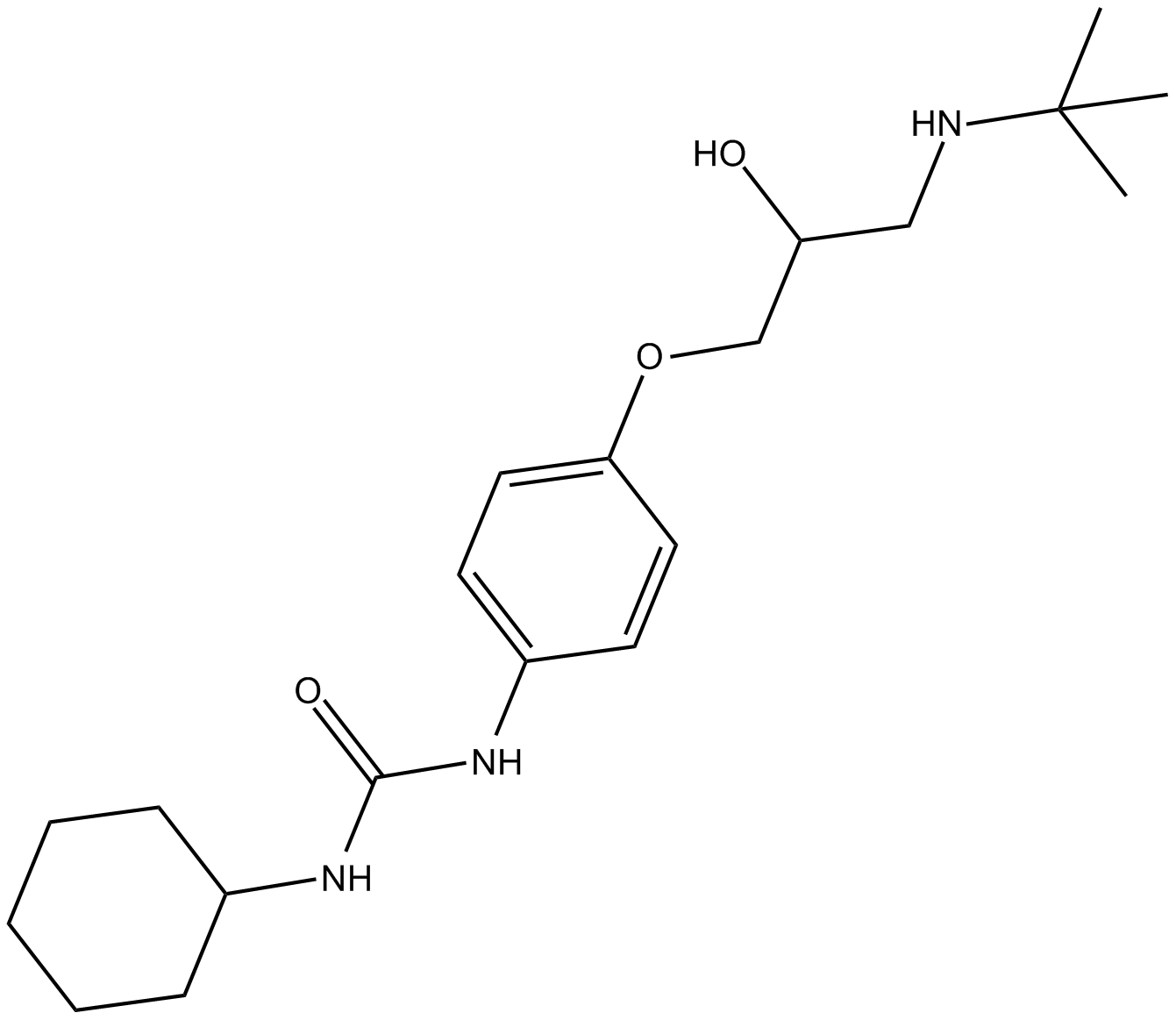 C3003 (±)-TalinololSummary: β1-selective adrenoceptor antagonist
C3003 (±)-TalinololSummary: β1-selective adrenoceptor antagonist

